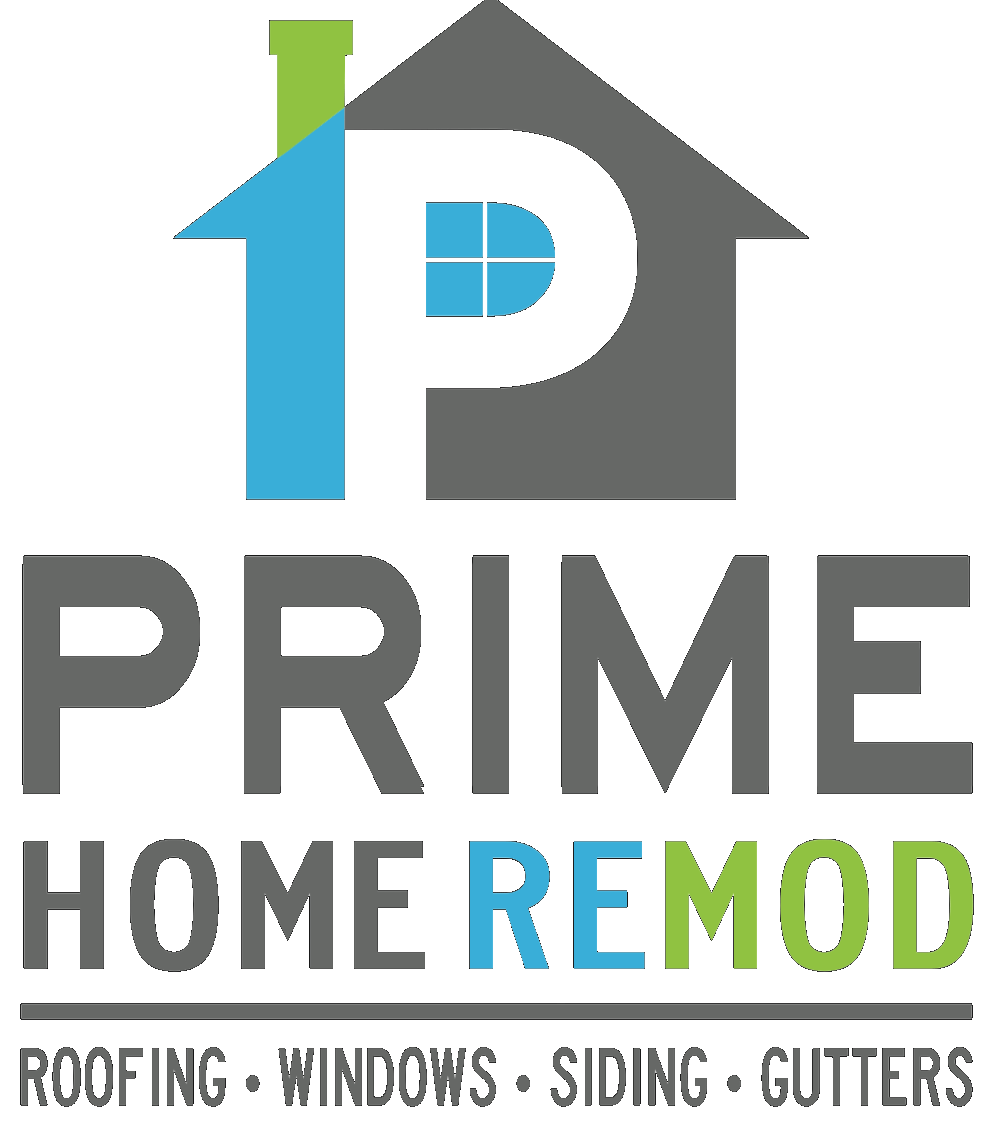Living in Michigan means you understand true cold. It’s not just a number on the thermometer; it’s the biting wind, the endless gray skies, and the lake-effect snow that seems to fall for months. We pay a premium to keep our homes warm, and as you watch the furnace kick on for the tenth time in a day, you’ve probably stared at your windows and wondered, “Is my money flying right out the glass?”
Your windows are, in fact, one of the biggest sources of heat loss in your home. Upgrading them is a massive investment, which leads to a critical question: is a standard double-pane window good enough, or is it worth the extra cost to get a triple-pane window?
For a long, harsh Michigan winter, the answer isn’t just about comfort—it’s about the math. Here’s the specific breakdown to help you decide.
Understanding the Battle: Heat vs. Your Window
Before we compare, let’s talk about the enemy: heat loss. In the window world, this is measured by a U-Factor.
- U-Factor: This measures how well a window stops heat from escaping. The lower the U-Factor, the better the window.
- Michigan Building Code: Our state knows our winters. The Michigan residential code requires all new windows to have a U-Factor of 0.32 or less.
This code requirement means that any new, decent-quality double-pane window you buy is already a massive upgrade over old, builder-grade windows from 20 years ago.
The real question is: How much better is a triple-pane window?
What is a Double-Pane Window?
This is the modern standard. It consists of two panes of glass separated by a space filled with an insulating gas, like argon. This single air pocket is what stops most heat transfer.
- Typical U-Factor: 0.28 – 0.32 (Good)
- R-Value (Insulation Power): R-3 to R-4
What is a Triple-Pane Window?
This is the high-performance option. It adds a third pane of glass, creating two separate, gas-filled insulating pockets.
- Typical U-Factor: 0.15 – 0.27 (Exceptional)
- R-Value (Insulation Power): R-6 to R-9
The Key Takeaway: A triple-pane window can be nearly twice as insulating as a standard double-pane window. Where a good double-pane window might reduce heat loss by 90% (compared to a single pane), a triple-pane window reduces it by over 97%.
The Cost: What’s the Real-World Price Difference?
Let’s be clear: a triple-pane window is a premium product.
On average, you can expect to pay a 15% to 30% premium for triple-pane over a high-quality double-pane window from the same manufacturer.
- If a good double-pane window costs $800 installed, you can expect the triple-pane version to be around $920 to $1,040.
For an entire house of 20 windows, that’s a significant extra investment of $2,400 to $4,800. This is where most homeowners pause and ask the most important question…
Is It Worth It for a Michigan Home?
For many parts of the country, the answer is “probably not.” For Michigan? The answer is a resounding “Yes, it is very likely worth it.”
Here’s why:
1. You Will Feel the Difference Immediately
This isn’t just about numbers; it’s about comfort. That drafty, ice-cold spot near the window in your living room? With triple-pane, it’s gone. The interior pane of glass stays much closer to room temperature, which means:
- No More Drafts: You can sit next to your windows on a 10°F day and not feel a chill.
- Drastic Noise Reduction: That third pane of glass is a powerful sound barrier. It will make your home noticeably quieter, especially if you live near a busy road.
- No Condensation: The interior glass stays warm, which stops those annoying and damaging water droplets from forming at the bottom of your windows in the winter.
2. The Long-Term Energy Savings
This is the big one. Because a triple-pane window is so much more insulating, it can reduce the heat loss through your windows by an additional 30-40% over a new double-pane window.
You’ll run your furnace less. Your home will hold its temperature for far longer. While the payback period can be 10-20 years, in a climate where we heat our homes for 6-7 months, you are on the much faster end of that payback schedule.
3. Financial Incentives: The Math Gets Even Better
This is where the decision becomes much easier. Both the federal government and local utilities will pay you to choose the more efficient window.
- Federal Tax Credit: All homeowners are eligible for the Residential Energy Efficient Property Credit. This gives you a tax credit for 30% of the cost of your new windows, up to $600. This credit applies to any high-efficiency window, but it helps slash the upfront cost of the upgrade.
- Consumers Energy Rebate: If you are a Consumers Energy customer, their 2024/2025 program offers a direct rebate for windows with a U-Factor of 0.27 or less. A triple-pane window easily meets this standard, while most standard double-pane windows do not.
- DTE Customers: While DTE does not currently offer a direct window rebate, their Home Energy Assessment program offers significant rebates for insulation and air sealing. Sealing the air leaks around your new windows is a critical part of the installation, which a contractor can often bundle into your project.
When you combine a $600 tax credit and a utility rebate, the 15-30% price premium for a triple-pane window shrinks significantly.
The Verdict: Double-Pane vs. Triple-Pane for Michigan
| Feature | Double-Pane Window | Triple-Pane Window |
| Performance | Good (Meets Code) | Exceptional (Nearly 2x the R-Value) |
| U-Factor | ~0.28 – 0.32 | ~0.15 – 0.27 |
| Upfront Cost | Standard | 15-30% More |
| Comfort | Good | Excellent. No drafts, very quiet. |
| Rebates | May qualify for federal tax credit. | Qualifies for federal credit AND utility rebates. |
Here is our final, “solution-oriented” recommendation:
A high-quality double-pane window is a good choice and meets Michigan’s building code. It will serve you well.
A triple-pane window is the smart choice for a Michigan homeowner who plans to stay in their home for 5+ years.
The upfront cost is slightly higher, but the immediate, feel-it-every-day difference in comfort, combined with superior noise reduction and long-term energy savings, makes it a clear winner for our brutal winters. You are not just buying a window; you are buying a more comfortable, quiet, and efficient home for decades to come.
Frequently Asked Questions (FAQs)
-
Are triple-pane windows too heavy for my house?
This is a myth. While the window is heavier, professional installers (like Prime Home Remod) use frames and hardware specifically engineered to handle the weight.11 It is not an issue for a proper installation.
-
Will I still get sunlight with a triple-pane window?
Yes. You will not notice any visual difference in the amount of light coming into your home. The Low-E coatings used are designed to block invisible infrared (heat) and UV (damaging) light, not the visible light that brightens your room.12
-
Is a cheap triple-pane window better than an expensive double-pane?
No. Quality matters more than the number of panes. A poorly made triple-pane window with bad seals will fail and fog up, making it useless. It is always better to buy a high-quality, name-brand double-pane window than a cheap, no-name triple-pane.
-
My home is still cold even with new windows! Why?
Your windows are only one part of your home’s “envelope.” If your attic has poor insulation or you have air leaks around your foundation, you will still lose heat. This is why we are a “solution-oriented” contractor that also looks at your insulation and siding to solve the whole problem.
Ready to Stop Paying to Heat the Outdoors?
If you’re tired of feeling a draft, sick of the high energy bills, and ready to make your home a truly comfortable space, it’s time to talk to an expert.
At Prime Home Remod, we are solution-oriented. We won’t just sell you a window; we’ll provide the right solution for your home and budget. We can show you the exact U-Factors of our windows, explain the installation process, and help you get every rebate and tax credit you’re entitled to.
Contact us today for a free, no-obligation consultation, and let’s make your home “Michigan-winter-proof” for good.




